I have consulted thousands of businesses ranging from Fortune 100 companies to your local mom and pop shops.
One of the biggest objection I hear from businesses when they are deciding whether to invest their efforts in SEO is:
My website’s too small for SEO.
I totally get this mentality. This is how I thought when I started out. If no one’s even showing up to your site, why should you spend time on SEO?
There is an answer. You should spend time on SEO especially if no one visits your site.
Why?
The whole point of SEO is to make your website more visible. If you’re not doing SEO, your visibility isn’t increasing.
“Doing SEO” could mean the difference between having 0 visitors and getting warm leads from your site.
There’s another reason — one that gets right to the dollars and cents of running a business. SEO is the most cost effective method of marketing for small businesses with a low marketing budget.
For businesses with small budgets, ad spend can be out of reach. Although you may get short-term gains, you can quickly burn through a budget.
SEO is different. Although you won’t see immediate upticks in traffic, you will build a foundation that lasts for years. I still get thousands of visitors from blog posts that I wrote ten years ago!
In addition, the quality of traffic from SEO is far better than you’d get from a PPC campaign. Organic traffic pulls in curious, engaged, and warm traffic.
PPC only attracts traffic as long as you’re paying for that user’s click — and it takes a lot to generate the right kind of curiosity, landing page, and customer journey from a paid ad.
I think SEO is crucial for every site, including yours. Even if you literally have no visitors on an average day, there are SEO techniques you can do to get the ball rolling.
Today, SEO plays an important role in my marketing, and it’s one of the first things I suggest to people.
It doesn’t have to be difficult or take a long time. Here’s how to do SEO on a site with no traffic.
Learn how I took my “tiny” site to 195,013 visitors through SEO.
Develop a content strategy
I’m going to kick off this article with a technique that will take some time but is absolutely worth it.
I’m talking about creating a content strategy.
Most small sites hesitate to create a content strategy because they think it’s too much work. Don’t get me wrong––it will take work. But you don’t have to be drowning in blog posts to be successful.
First, let’s talk about why you should consider making a content strategy.
People want answers. In today’s world, talk is cheap because there’s so much of it. So people are seeking authoritative answers to their questions.
Blogs like Backlinko and Copyblogger didn’t get big because they posted a lot of content. They got big because they posted a lot of authoritative content.
It was authoritative articles like this that catapulted them into fame.
Backlinko and Copyblogger teach an important lesson. If you can provide detailed answers to people’s burning questions, you’ll get noticed.
The numbers prove this too. Companies who use content marketing see conversion rates that are six times higher than their competitors who don’t use content marketing. It sounds like a magic solution, and it just might be.
How do you create this content strategy?
There are two simple steps:
- First, you figure out what to write about.
- Then, you write about it.
That’s it.
1. Find the intersection between 1) your product or service, and 2) what potential customers are searching for.
Instead of starting with traditional “keyword research,” I recommend thinking from the issue from a broader perspective.
You need to determine what you offer, and what people are searching for.
The intersection of these two will form the kernel of your content plan.
If executed successfully, you will gain the attention of people who are in the research or consideration phase of the buyer’s journey.
If, for example, you are working on SEO for a local dentist office, you would understand that people are searching for issues like these:
- How to find the right dentist
- How to save money on dentist
- Saving money on dentist if I don’t have insurance
- How to keep from getting overcharged at the dentist’s office
- What to expect when I go to the dentist
- Does a drilling hurt?
- How to prepare my child for the dentist
There are dozens of potential topics to write about. Focus in on a few, and write comprehensive coverage for each of them.
One way to get content ideas for a local business is to look at Yelp.
Here’s how.
Go to Yelp.com
Search for your type of business and the area you’re located in.
Find a business with a lot of reviews, and click on the business name.
Scroll down to view the reviews.
Pay attention to customers who have given the dentist’s office low ratings. Often, the best way to gain interested customers is to identify their pain points, and promise to solve them.
This review, for example, has several complaints about the establishment.
From this review, you may discover that people are interested in the following topics:
- How to avoid insurance problems at the dentist office
- Should you get a second opinion about a dental treatment?
- Is your dentist trying to scam you?
- How to negotiate with your dentist
You can also get helpful SEO content ideas from positive reviews.
The review above shows you a few additional things that people might be searching for regarding local dentists:
- Find emergency dentists nearby
- Dental emergency
- Find a dentist on short notice
- Dental offices that take walk-ins
The key thing to keep in mind is that people are looking for answers to relevant questions surrounding your product or service.
The more you research these issues, the better you’ll be able to deliver content that satisfies their queries.
2. Create content around those subjects.
The second phase of creating a content strategy is the execution part.
What do you do in this phase? You write content.
Keep in mind that the best form of content is longform content. The days of succeeding by pumping out 300-word articles are long gone.
In order for your content to rise to the top, to gain customer’s attention, and to warrant their trust, you must be producing long, deep, and authoritative content.
What about keyword research?
Traditional “keyword research” has changed.
Today, it’s more important to focus on issues such as user intent.
It’s not just about keywords. It’s about users. What do they want? What are they looking for? What sparks their curiosity?
You’ll probably end up doing some keyword research, yes. But more important than keyword research is determining what your audience is interested in, and how to provide it.
Tips for building a successful content strategy
Here’s are some helpful tips that I’ve discovered regarding building a content strategy that works for you.
First, don’t overwhelm yourself. You don’t need to start a blog, set up ten email autoresponder series, and host weekly webinars all at the same time.
It’s actually much better to focus your efforts on one content type at a time.
I recommend starting with blogging. It’s a super easy way to launch a content strategy, and it’s one of the most cost-effective techniques too.
This infographic is from AdEspresso.
If you choose blogging, research long-tail keywords. This is normal keyword implementation on hyperspeed. This is something you need to do if you’re blogging.
Plan ahead of time and aim for one or two blog posts a week. (Write those ahead of time too. That way, you always have a backlog of content.)
Second, stick to a regular schedule. If your goal is to publish two blog posts a week, then publish two blog posts a week. Try your best to stay on track.
Third, branch out to different content types. Once you get used to your first content type, try your hand at another.
They key here is to establish productive routines for your content strategy. Get in the groove of blogging (or whatever content type you choose) and stick with it.
Finally, share your content! We all know the phrase “content marketing,” but most people focus only on the “content” part.
So many sites have a huge amount of helpful content, but they don’t ever share it. As a result, they don’t get that much traffic or visibility in search engines.
Even the best long-tail keyword strategies are useless without content marketing.
I’d suggest sharing your content on all the big social networks like Facebook and Twitter. But you should also consider smaller social networks and niche sites.
Quora is a great place to share and repurpose your content:
So is Medium:
That’s how to build a content strategy in a nutshell. If you want to learn more step-by-step, check out this Advanced Guide to Content Marketing.
A final word before I move onto the next section: Don’t skip the process of creating a solid strategy.
Research and strategy are the most important part of successful SEO. If you launch your SEO campaign hastily, you’re going to waste vast amounts of time and money.
If you give careful thought and attention to your strategy, however, you will build a foundation that will propel you to success for years to come.
Give your strategy the attention it deserves, and it will pay you back in the long run.
Nurture a following
This is something that so many people get wrong.
For decades, marketing was a one-way medium. Marketers would create ads for television or newspaper. They’d unleash giant, global campaigns designed for one-way consumption.
But that’s not how it works anymore.
Marketing is interactive. Brands engage with customers over social media, and many top bloggers have ongoing conversations in the comments section.
I know what you’re thinking: “What does this have to do with SEO?”
Surprisingly, it has everything to do with SEO.
Let’s look at some of the main objectives of SEO:
- Driving traffic
- Lead generation
- Authority building
To me, these are three of the end goals of SEO.
If you can create a following that trusts you, these goals become much easier to accomplish.
If people trust you, they’ll visit your site often and share your content. Many visitors will become customers. And they’ll automatically think of your site as an authority.
You won’t have to fight for your audience’s attention. Instead, your audience will grow bigger because of trust.
Building an audience is something you should get right from the start. If you can get an initial crowd (even if it’s tiny) that trusts you, you have a great chance of becoming more successful.
Let’s talk for a minute about how to build an audience from scratch.
Lots of sites try to get an audience before they even know who their audience is.
Others go overboard and try to please everyone. As Seth Godin says,
Most brands and organizations and individuals that fail fall into the chasm of trying to be all things in order to please everyone, and end up reaching no one.
So how do you walk that fine line? The answer: Analyze your demographics and psychographics. You have to know who your audience is and what they want.
You can measure both of these using Google Analytics (GA). In the Reporting tab, navigate to the left-hand sidebar and go to Audience > Demographics > Overview.
You’ll see something like this:
You can get an idea of how old your readers are and the gender balance.
But not many people know you can also do a bit of psychographics research right from GA.
In the left-hand sidebar, go to Audience > Interests > Overview.
You’ll see this:
Here you can get an idea of what your audience is interested in.
The Affinity Categories section shows what topics your visitors like (e.g., technology, cooking, etc.).
The In-Market Segments section will help you analyze where your users are in their buyer journeys. People in this category are more ready to buy.
Finally, the Other Categories section provides an even more detailed view of your users, giving you a better idea of exactly what they like (e.g., East Asian cuisine).
Keep in mind that this barely scratches the surface of demographics and especially psychographics. If you really want to know your audience, there’s a lot more you can do.
After you’ve figured out who your audience is and what they want, you need to target them and get them to come to your site.
Most sites find it hard to drive that initial traffic. But even once you’ve done that, you have to persuade those visitors to stick around.
To do all of this, you need a solid value proposition. What benefits will you give to your readers? Why should they stick around?
Typically, you’ll want to give readers that value with your content strategy, and you’ll want to build an audience in the process.
Two of my favorite audience-building strategies are guest posting and paid advertising. Once you know who your audience is and what they want, these become a lot easier.
Most importantly, you should take a personal approach toward your audience.
You want people to remember you for your value. If you take the time to provide as much personal help as you can, your readers will trust you and see you as an authority.
If you can get a small but trusting audience to start off with, you’re golden. That is the seed for a much larger audience down the road.
Optimize your site for mobile
Many people think that making a mobile version of a site and a mobile-friendly version of the site are the same thing. (They’re not.)
Truly optimizing a site for mobile devices is more than creating a mobile version. You have to change a lot.
For some high-level tips, keep this in mind.
“Design for the fat finger,” as Moz puts it. It’s always annoying when a mobile site is so small that you end up tapping the wrong buttons.
And although mobile devices are getting larger, it’s still best to consider size when optimizing your site for mobile.
Don’t use popups (or interstitials). Google is cracking down on a lot of interstitials. These are pop-ups that require you to hit the X button to close them.
I recommend playing it safe and not using popups. Try other forms of email capture. SumoMe uses click triggers for mobile email capture. These are popups that only appear when the user clicks on something.
Here’s an example of interstitials that are not cool with Google.
Now you need to put your site to the test.
You can use Varvy’s Mobile SEO tool to test how well your page does on mobile.
Let’s try this with NeilPatel.com. Type that into the search bar, and you’ll see a super helpful list of detailed analytics:
There’s even a mobile optimization guide on the page to help you make your site even better.
It’s a great resource, and I highly recommend it if you’re interested in boosting your mobile SEO.
Conclusion
You don’t need a huge website to get some of the best SEO benefits. Start with what you have and work your way up.
When I started my first site, I didn’t even know what SEO was. I hired a marketing company to help me out, but when I realized they were just taking my money, I decided to do it myself.
The skills I learned way back when have paid off and then some. I still use those skills today.
The lesson is that it’s never too early (or too late) to learn the basics. If you start right now, you’ll get the hang of it pretty quickly.
SEO helps sites grow the same way water helps plants grow. It’s a fundamental need that you need to attend to early on. Otherwise, your site may die. (Yikes!)
If you’ve felt stuck with SEO, this is your chance to get started the right way. Let’s make 2017 the year you start doing SEO for real.
Work on these three areas, and I promise that you’ll see real results in almost no time.
Have you ever done SEO for a site with no traffic? What was it like?

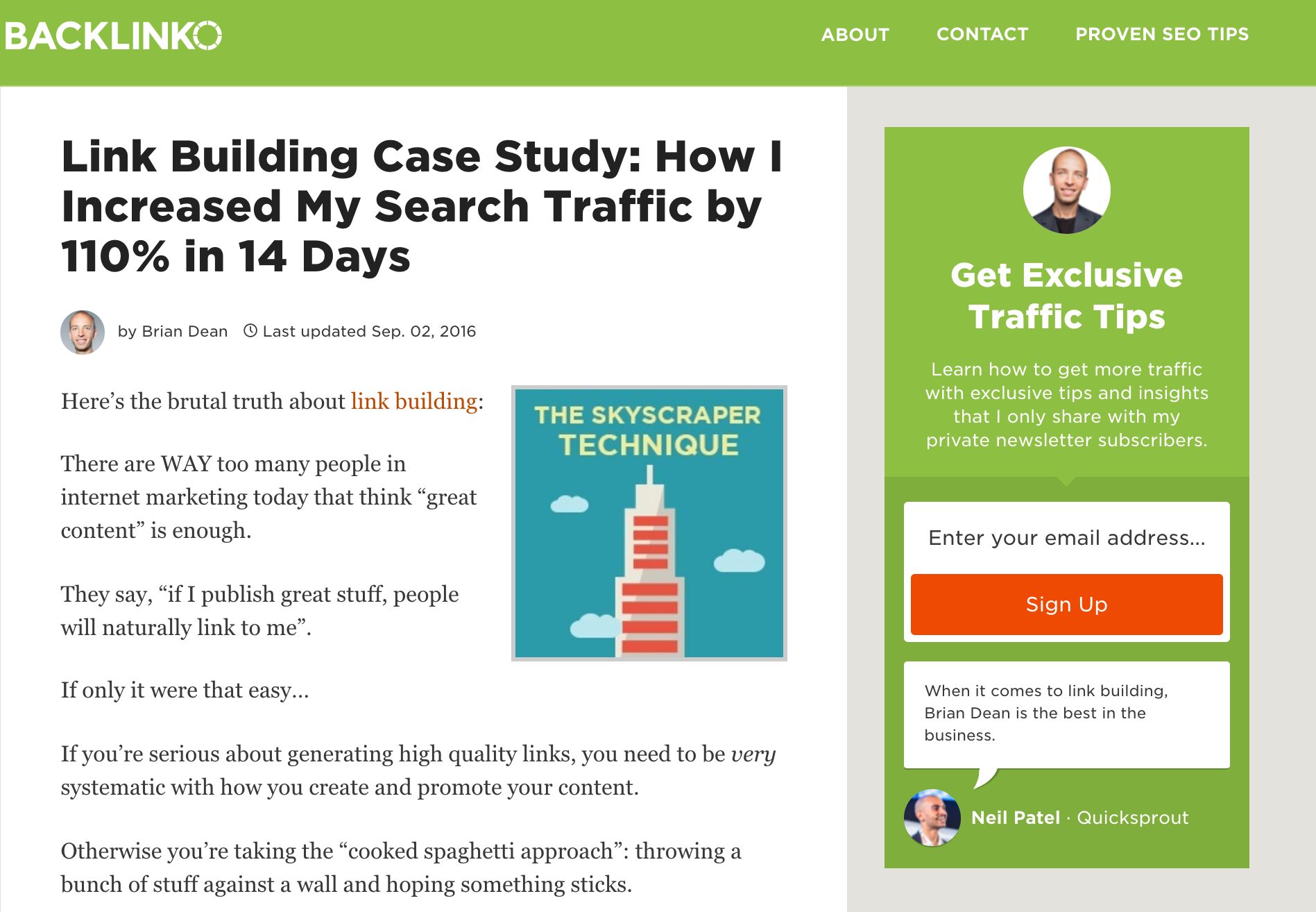
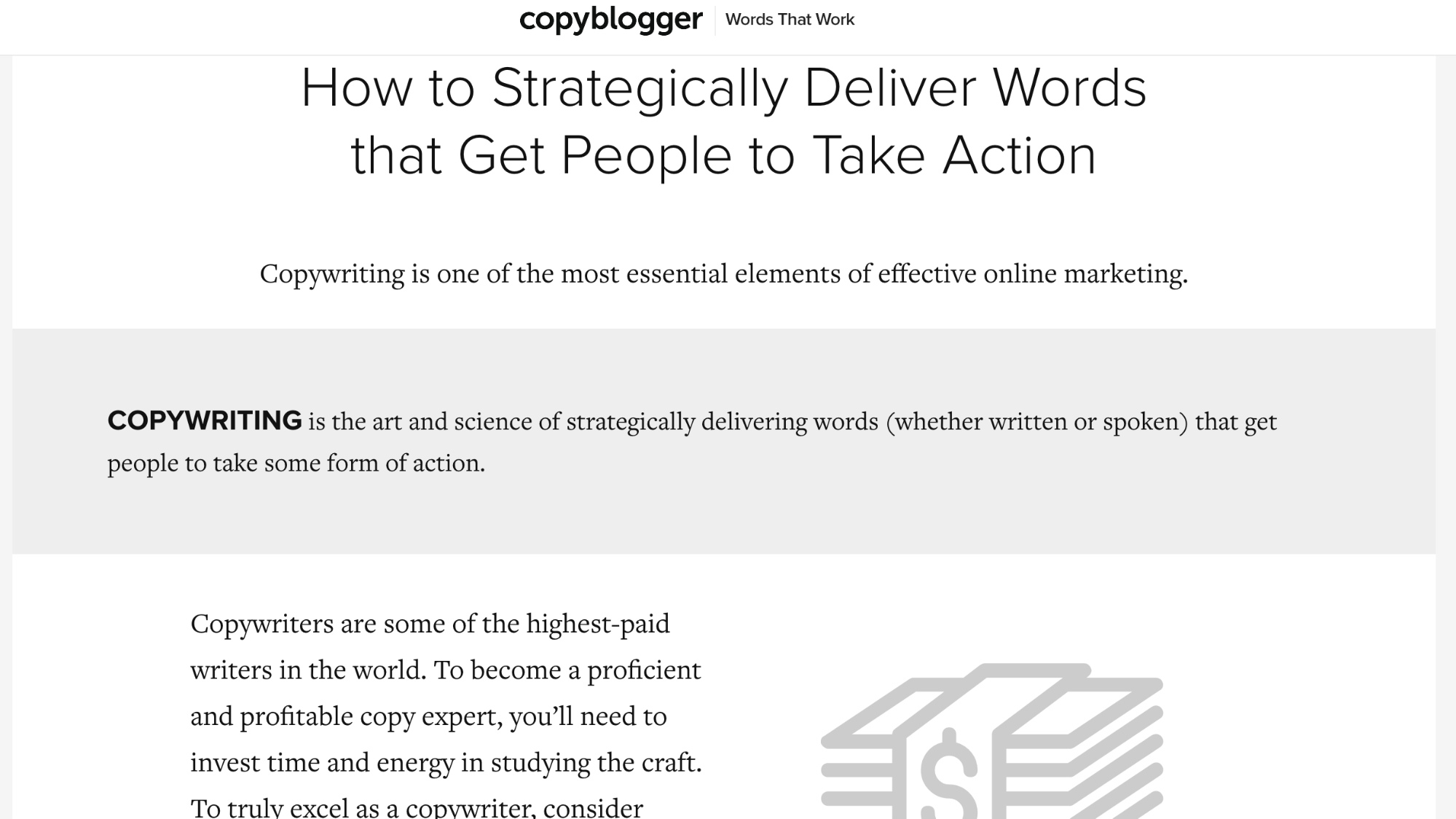

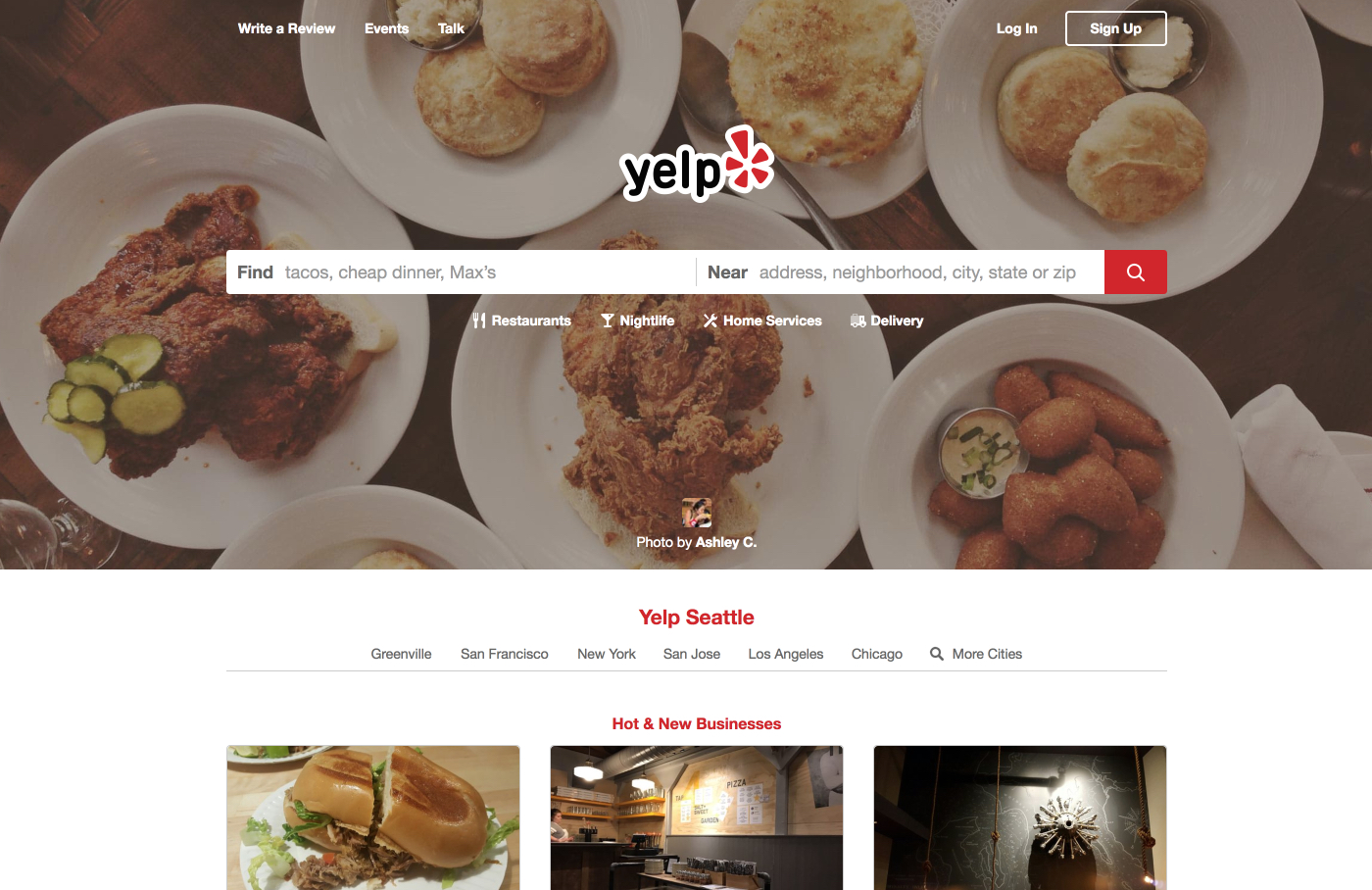

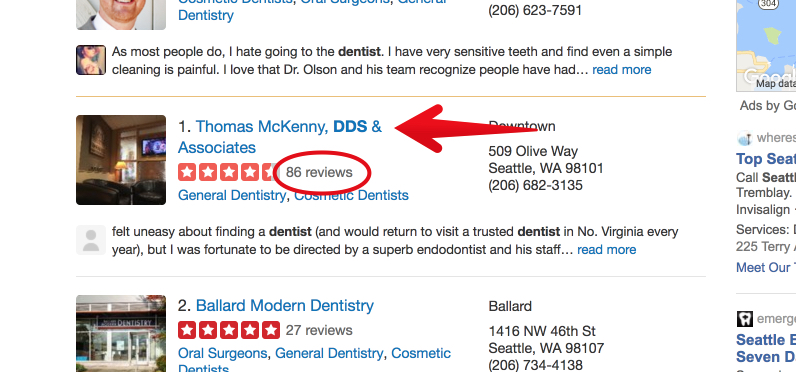
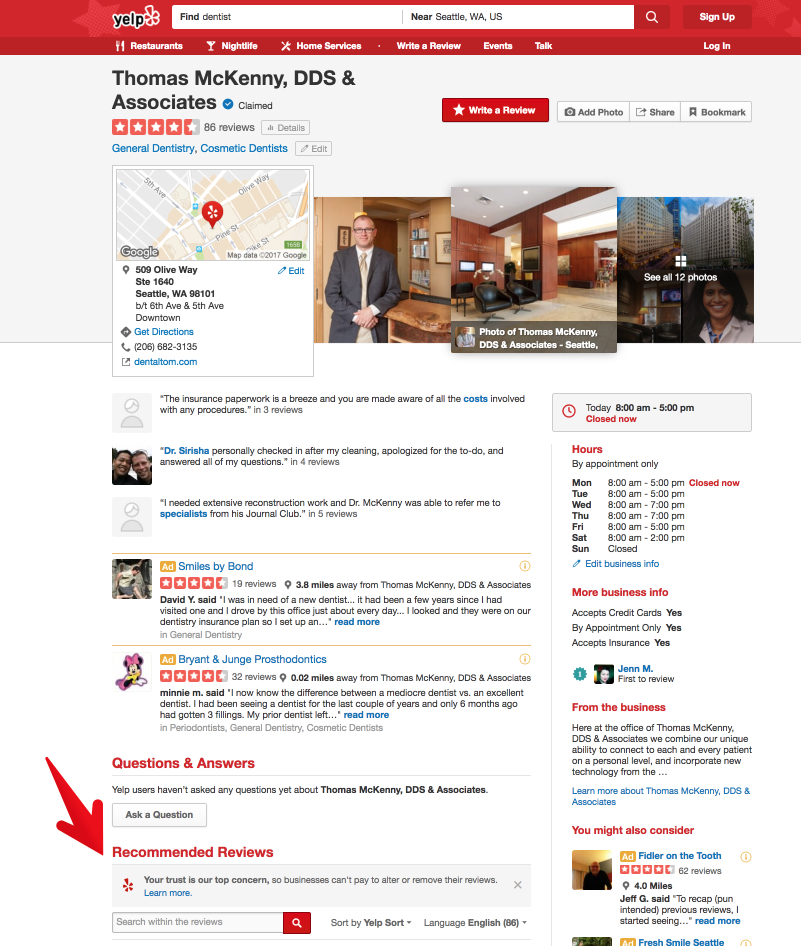
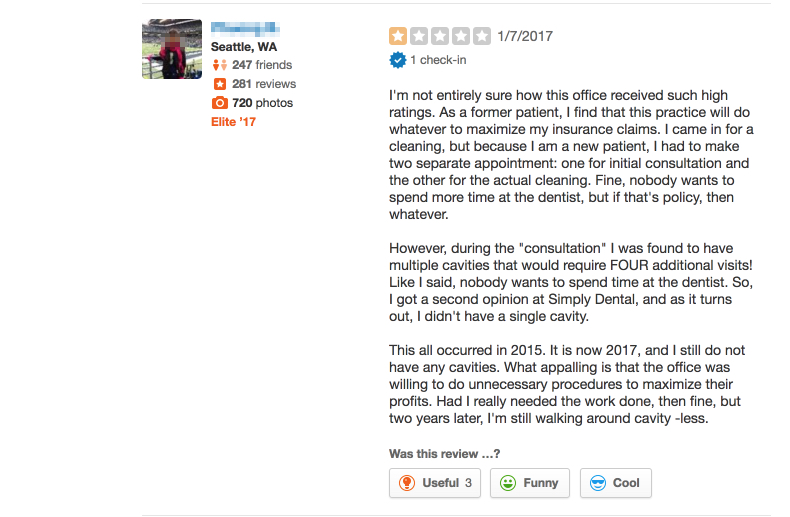
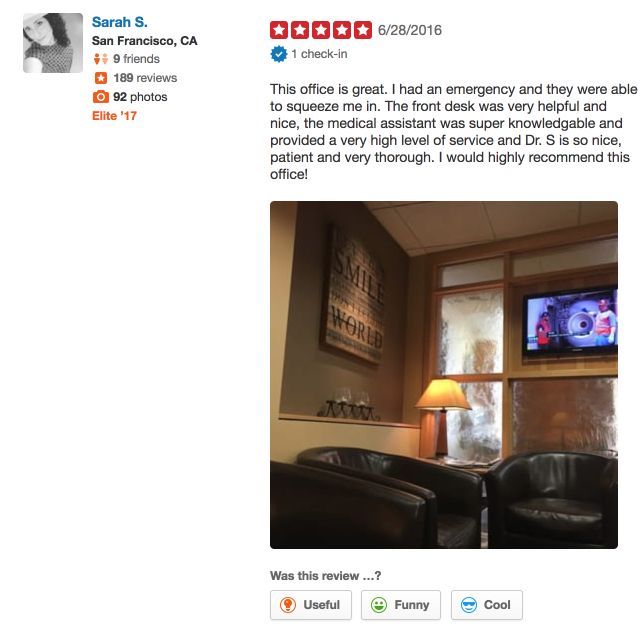
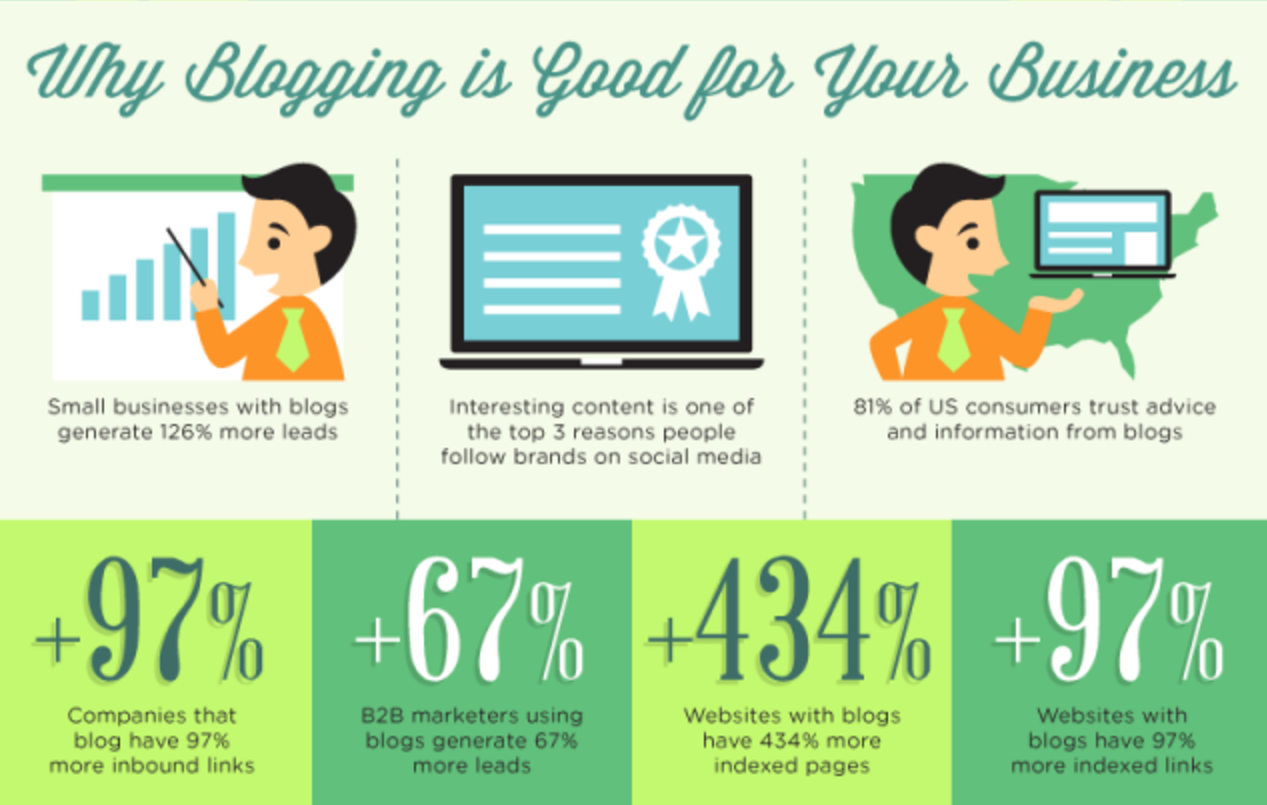


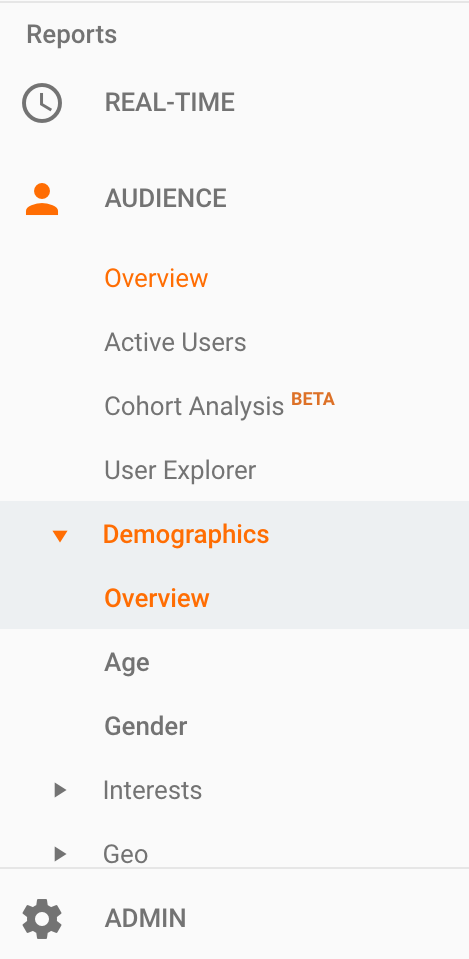

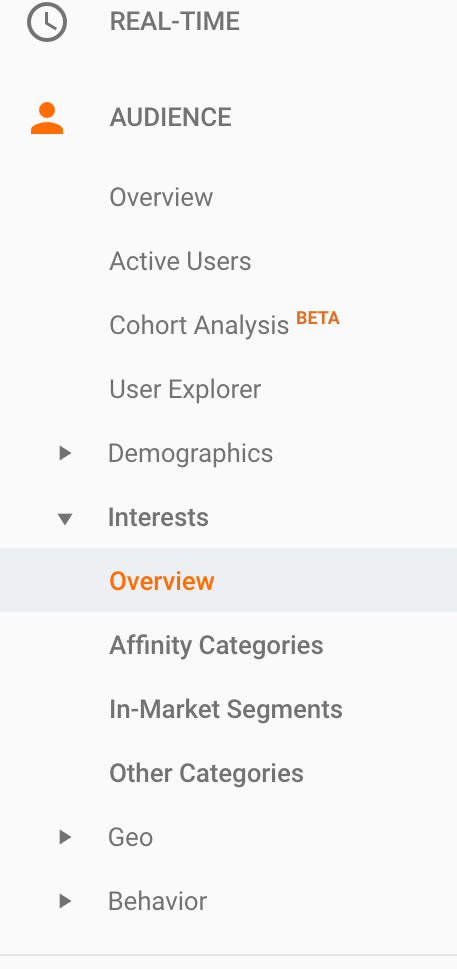

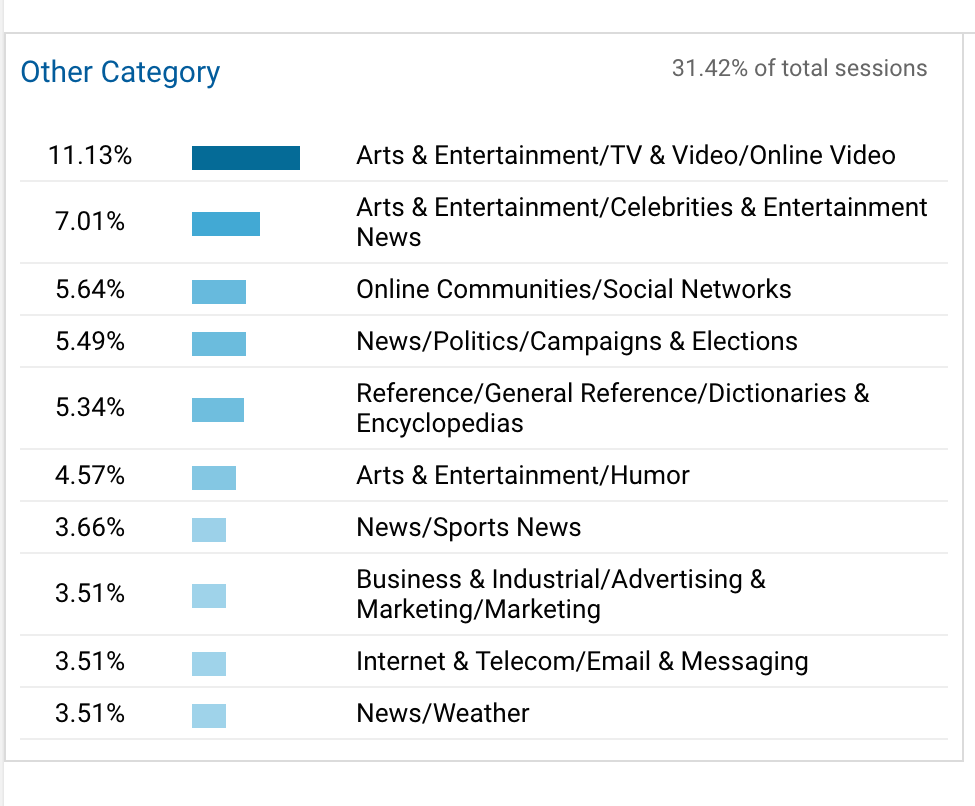
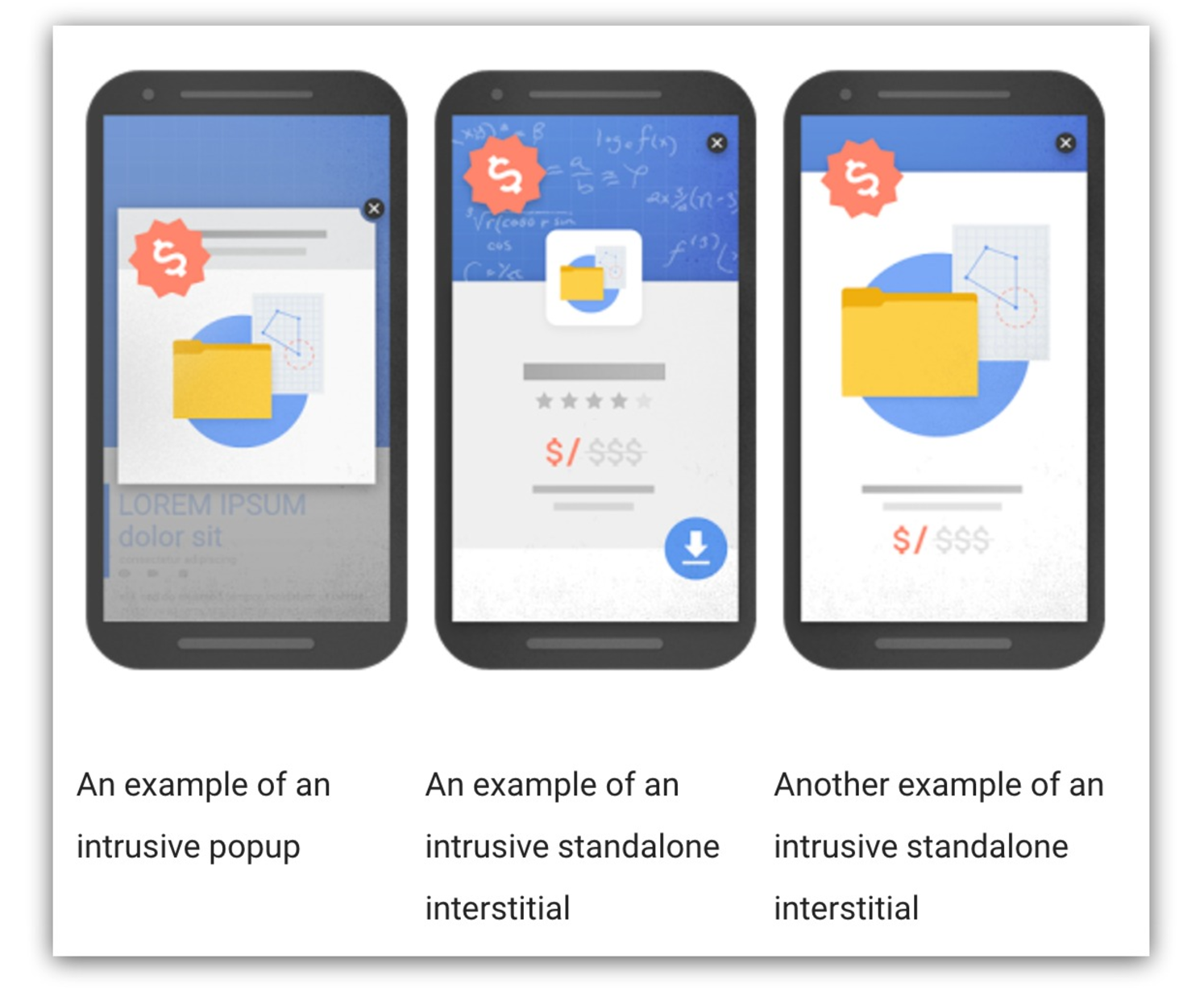
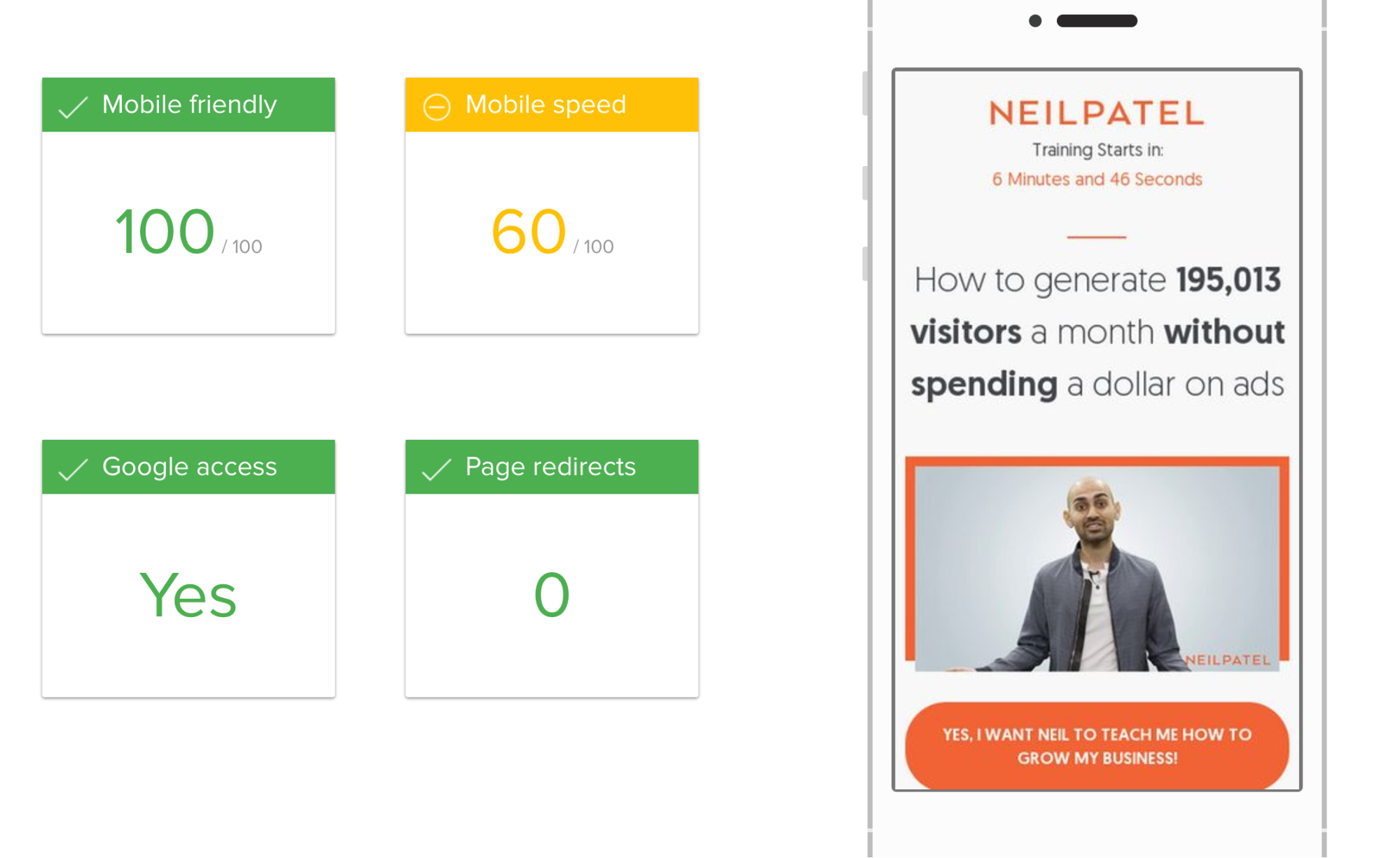
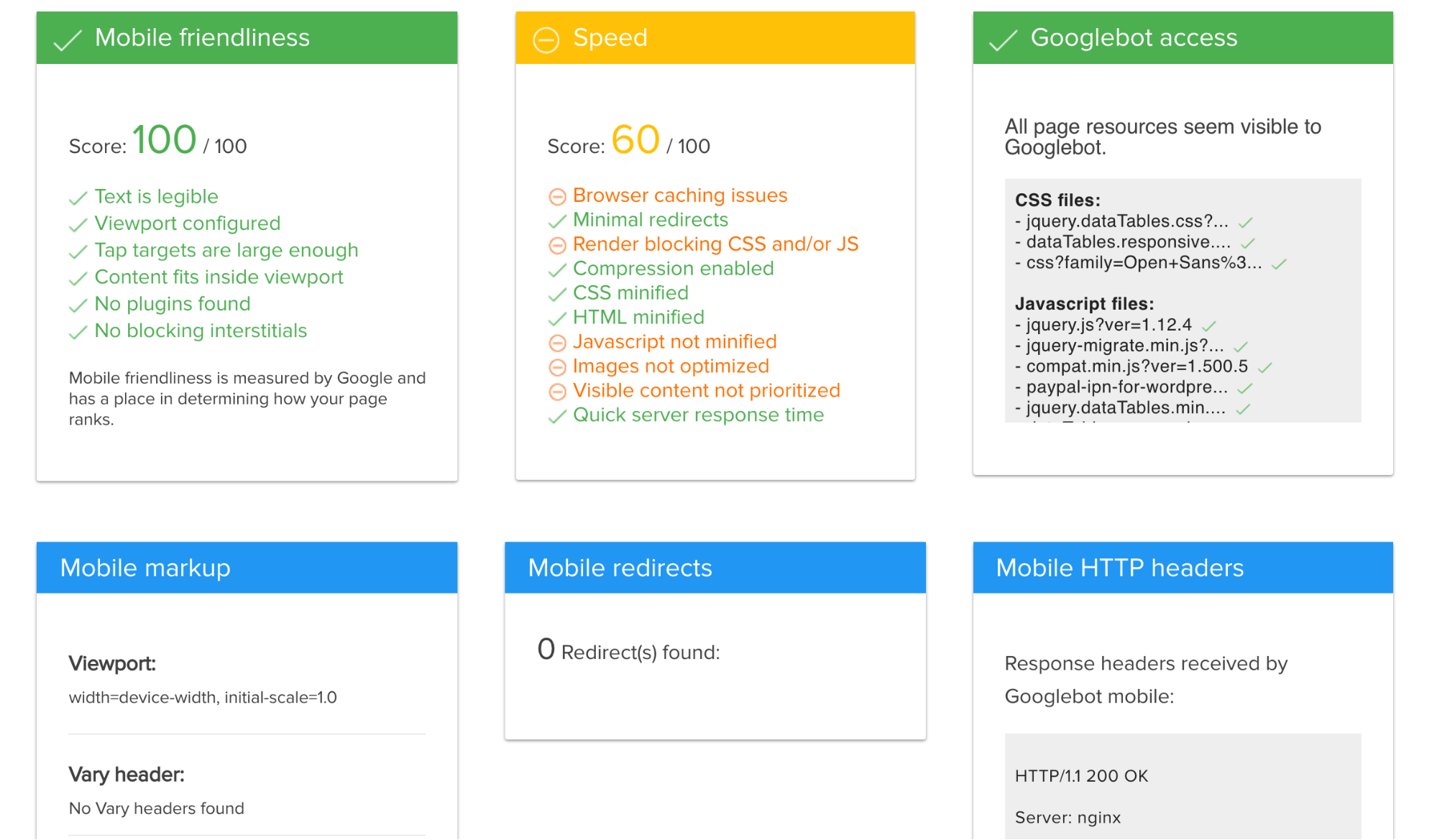

Comments (174)